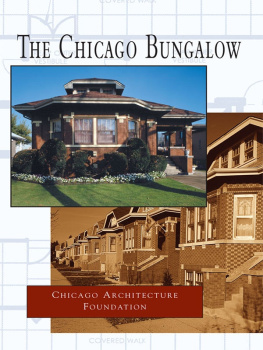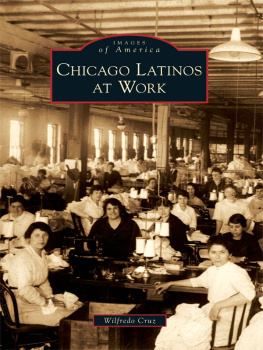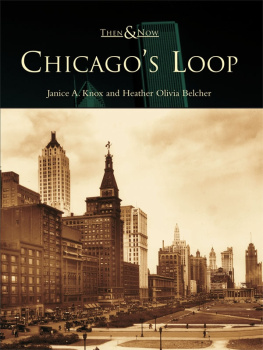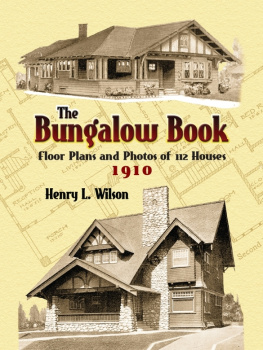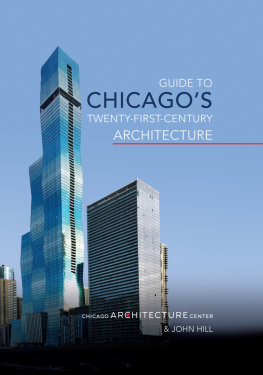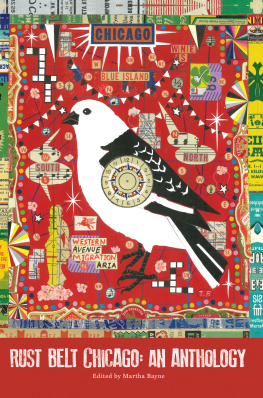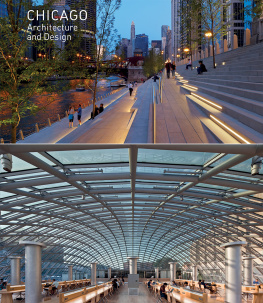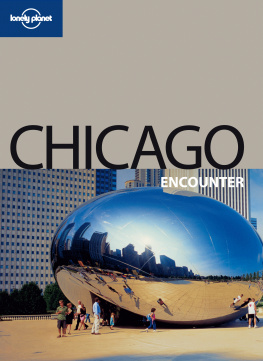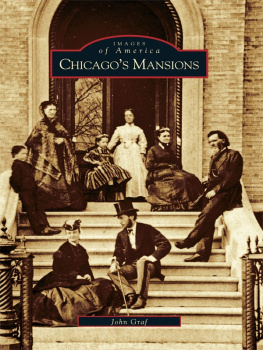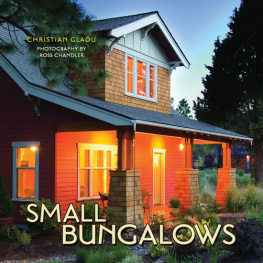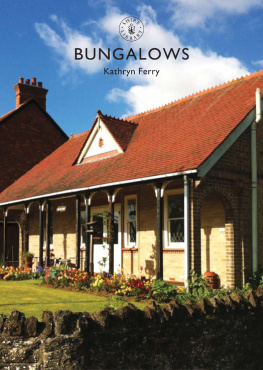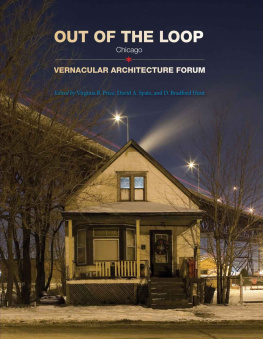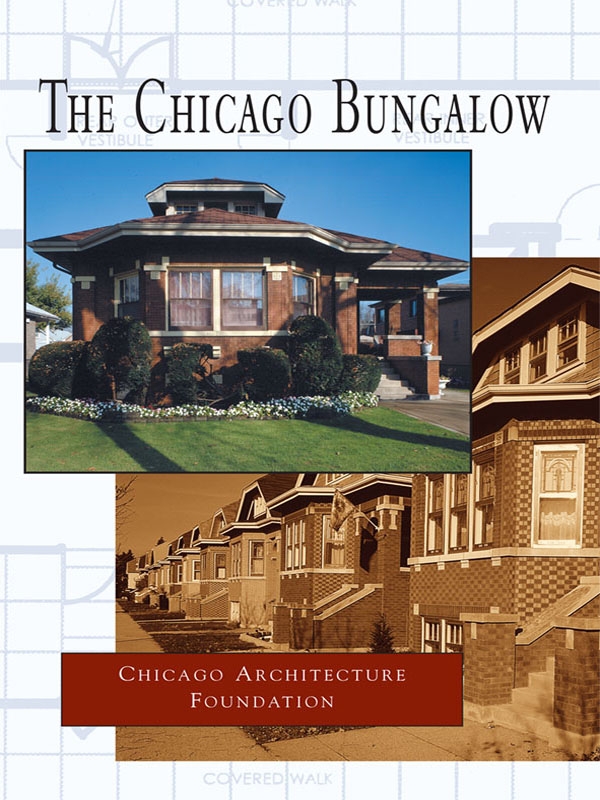ACKNOWLEDGMENTS
Many people and institutions have come together to make both this book and the Chicago Architecture Foundations exhibition, The Chicago Bungalow, possible. Special thanks goes to John G. Markowski, Commissioner, City of Chicago Department of Housing; the Richard H. Driehaus Foundation; the Illinois Humanities Council; the Graham Foundation; the National Endowment for the Arts; and the Elizabeth F. Cheney Foundation. The Conrad Sulzer Regional Library, Woodson Regional Library, Downers Grove Historical Society, Beverly Arts Center, Park Ridge Library, Polish Museum of America, Czechoslovak Heritage Museum, Balzekas Museum of Lithuanian Culture, Chicago Lawn Historical Society, and the Rogers Park Historical Society have all provided advice and help to this project.
Robert Brugemann provided counsel as both the book and exhibition projects began to be formulated. He met with the various contributors to this volume and several staff members of the Chicago Architecture Foundation (CAF) at a memorable luncheon at the Cliff Dwellers Club in October 2000, to help clarify the major themes explored in the project. Stacey Stern worked long hours writing grant proposals. David Laney and Donna Cicinelli aided in preparation of the illustrations for the book. Christine Esposito helped publicize the bungalow exhibit and book projects, making it possible to collect sources hidden away in Chicagos neighborhoods. A special thanks goes to Glen Humphreys of Chicagos Sulzer Regional Library and Andrea Telli and the staff of the Special Collections and Preservation Division of the Chicago Public Library. John Kimbrough of the John Crerar Library made rare copies of the American Builder available to the editors. Tim Samuelson of the Chicago Historical Society gave us important insights into the history of Chicagos residential architecture. James Vondrak and the staff of the Southwest News-Herald made available copies of the Liberty Bell. Michael Williams proved to be an invaluable guide to housing in the Rogers Park/West Ridge area. Chicago Lawn historian Kathy Headley helped find rare photographs of that community. Lisa Roberts, Director of the Garfield Park Conservatory, provided information about landscaping styles of the period. Ellen Skerrett, one of the books contributors, also helped find photographs, sources, and provided support in many ways. David Chowliak, Tom Drebenstedt, and Dick Spurgin helped to create a series of CAF tours and added information and insights to the research that went behind both the book and exhibit.
None of this would have been possible without the support of Lynn Osmond, President of the Chicago Architecture Foundation. Bonita Mall, Vice President of the Chicago Architecture Foundation, invited Dominic Pacyga to curate the exhibit and inspired this accompanying book. Without her energy, humor, and friendship neither the book nor the exhibit would have been realized. Zurich Espositos calmness and ability to get things done proved to be priceless. The staff of the Chicago Architecture Foundation performed their usual magic.
Many Chicagoans gave of their time, photographs, and memories. They are too numerous to mention by name, but a heartfelt thanks goes out to them. Bungalow Belt residents allowed Mati Maldre and Harry Meyer into their homes to document buildings and families. Their pride in their bungalows and manicured lawns were obvious. This book belongs to them.
Finally, Dominic Pacyga wishes to thank Kathleen Alaimo, Johanna and Beatrice Pacyga, and numerous friends and confidants for listening to bungalow talk for the past two years. Charles Shanabruch thanks Patricia Bryant, Thomas and Stephen Shanabruch, Steven Murphy, August Kolich, and Alderman Virginia Rugai for giving their ears and nurturing ideas about Chicagos Bungalow Belt.
Dominic A. Pacyga
Charles Shanabruch
DOMINIC A. PACYGA, PH.D has authored, or co-authored, four books concerning Chicagos history, including Polish Immigrants and Industrial Chicago (1991), Chicago: City of Neighborhoods with Ellen Skerrett (1986), Chicago: A Historical Guide to the Neighborhoods with Glen Holt (1979), and most recently, Chicagos Southeast Side with Rod Sellers (1998). Pacyga teaches at Columbia College/Chicago and is guest curator for the Chicago Bungalow Exhibit at the Chicago Architecture Foundation.
CHARLES SHANABRUCH, PH.D is the Executive Director of the Historic Chicago Bungalow Association and Associate Professor at the Graham School of Management, Saint Xavier University, where he teaches real estate finance and strategic management. Previously, he served as Dean of the Graham School of Management. He is Principal of Charles Shanabruch & Associates, consultants in community and economic development. Shanabruch is the author of Chicagos Catholics (1981).
SUGGESTED READING
Brierton, Joan M., American Restoration Style , (2000).
Bigott, Joseph C., From Cottage To Bungalow, Houses and the Working Class in Metropolitan Chicago, 1869-1929 , (2001).
Blaszcyk, Regina Lee, Imagining Consumers: Design and Innovation from Wedgwood to Corning , (2000).
Cigliano, Jan, American Restoration Style: Bungalow (1998).
Commission on Chicago Landmarks and the Chicago Department of Planning and Development. Chicago Historic Resources Survey: An Inventory of Architecturally and Historically Significant Structures . (1996).
Duchsherer, Paul and Douglas Keister, The Bungalow: Americas Arts and Crafts Home , (1995);
Inside the Bungalow: Americas Arts and Crafts Interior , (1997)
Outside the Bungalow: Americas Arts and Crafts Garden, (1999) .
Fitch, James Marston, American Building: The Historical Forces that Shaped It second edition (1968).
Friedman, Alice T., Women and the Making of the Modern House (1998).
Hitchmough, Wendy , The Arts and Crafts Lifestyle and Design, (2000).
Hoyt, Homer, One Hundred Years of Land Values in Chicago (1933).
Hunter, Christine, Ranches, Rowhouses, and Railroad Flats (1999).
King, Anthony D., The Bungalow: The Production of a Global Culture (1995).
Lancaster, Clay, The American Bungalow, 1880-1930 (1995).
McAlester, Virginia and Lee, A Field Guide to American Houses (1997).
Matthews, Mary Lockwood, The House and its Care (1929).
Mayer, Harold M. and Richard C. Wade, Chicago: Growth of a Metropolis (1969).
Monchow, Helen, Seventy Years of Real Estate Subdividing in the Region of Chicago (1931).
Pacyga, Dominic A. and Ellen Skerrett, Chicago: City of Neighborhoods (1986).
Rybczynski, Witold, Looking Around (1992).
Sanders, Barry, A Complex Fate: Gustav Stickley and the Craftsman Movement (1996).
Sears, Roebuck and Company, Honor Built Modern Homes , (1926) reprint edition Sears, Roebuck and Company, Sears, Roebuck Catalog Of Houses, 1926 , (1991).
Stern, Marc Jeffery, The Pottery Industry Of Trenton: A Skilled Trade in Transition, 18501929 , (1994).
Stevenson, Katherine Cole and H. Ward Jandl, Houses by Mail: A Guide to Houses from Sears, Roebuck and Company (1996).
Turgeon, Kitty, and Robert Rust, The Arts&Crafts Home (1998).
Valetin von Hoist, Herman, Country and Suburban Homes of the Prairie School Period , (1982).
Winter, Robert and Alexander Vertikoff, American Bungalow Style (1996).
Wright, Gwendolyn, Moralism and the Modern Home (1980).
Building the Dream (1998).
CONTRIBUTORS
JOSEPH C. BIGOTT is an Assistant Professor in the Department of History and Political Science at Purdue University Calumet. He is the author of From Cottage To Bungalow: Houses and the Working Class in Metropolitan Chicago 1869 to 1929.

